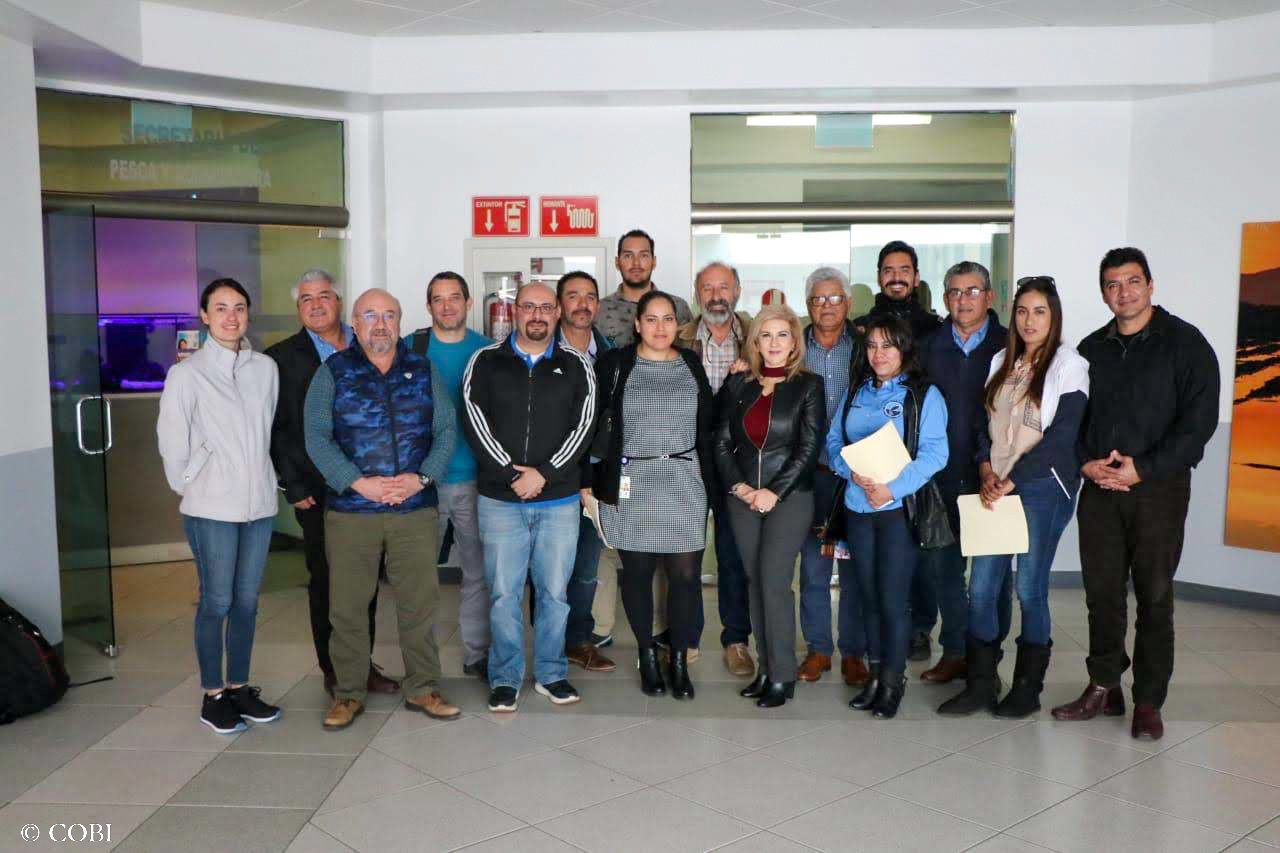

To achieve success in the sustainability of fishery resources, there must be active participation of various stakeholders: fishing communities, government sector, academia, civil society organizations and the market, among the most important. In 2019, COBI began monitoring the costs (monetary and non-monetary) associated with the implementation and development of fishery improvement projects. From this exercise, it was documented that generally at the beginning of the projects, philanthropy makes the largest economic investment through CSOs, while fishing communities make it in a non-monetary way (e.g. by making their boats available for the activities), and other actors also participate (e.g., government agencies or academia). The objective of community co-investment is that over time the fishing communities become organized and committed to continue paying the expenses associated with this type of project, and achieve greater financial autonomy. COBI and the fishing communities developed a written strategy with a five-year term, in which the communities commit to maintain a gradual percentage of economic contributions to achieve co-responsibility and autonomy of the project.
- Stakeholders are aware of project costs and have a gradual financial strategy for co-investment.
- Stakeholders have transparent and accountable processes in place to build trust and sustain fishery improvement projects over the long term.
- Mapping the stakeholders in the co-management of the fishery from the beginning. This makes it possible to make visible all those who can/should participate in the financial contributions of improvement practices and project monitoring.
- Integrating and training all actors involved in the value chain on the importance and benefits of being co-investors in fishery improvements.
- Consider monetary and non-monetary contributions (e.g. human capital, time invested, data/information generation, infrastructure-meeting space). This allows valuing, recognizing, and making visible the contributions and commitment to sustainable fisheries from each sector.
- Achieving co-investment is not a simple process, as it involves financial issues. For this reason, it is necessary to train participants and make them recognize its importance.